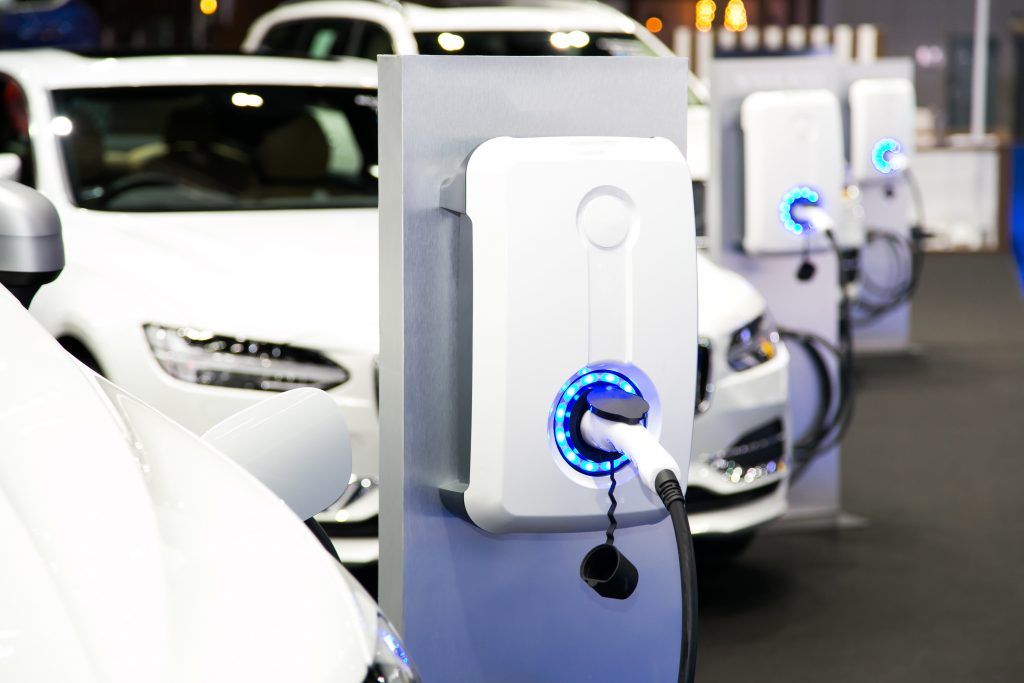More than half of all British councils who responded to an FoI request sent by Smart Cities Connections Limited either have no EV-charging transition strategy planned or have transition strategies planned but not started.
- Data provided by 295 local authorities
- Councils operate 67,234 vehicles, of which almost 90% are petrol or diesel
- Composition of council fleets is more complex than typical commercial fleets, making transition more challenging.
Freedom of Information requests were sent by SCCL to 383 local authorities across England, Scotland, Wales and Northern Ireland in November 2021.
Of the 295 who provided data, almost one-in-five (56 or 19%) said they have absolutely no strategy planned, with a further 104 councils (37%) having transition strategies planned but not started.
The total number of vehicles, of all types, owned by the councils who responded number 67,234, an average of 228 vehicles per local authority.
The number of vehicles of all types operated by the 56 councils who said they had no strategy in place numbers 8,231, an average of 147 vehicles per authority.
This is in stark contrast to the majority of company fleets which are more commonly weighted to cars and light commercial vehicles. Local authorities, however, have a wide range of transport requirements, ranging from pool cars and light delivery vans to HGV dust carts and road-sweepers through to specialist passenger transport to support the most vulnerable in society.
Consequently, this makes local authority fleet transition even more complex than most traditional commercial fleets.
Nearly 9 out of 10 of all the vehicles operated by councils were diesel (56,379, or 83.85 %) or petrol (3,449, or 5.13%). Only 3,762 vehicles (or 5.6%) were pure electric, whilst 564 (0.84%) were petrol or diesel hybrid vehicles.
This shows that councils operate 1,862 plug-in hybrid or pure electric cars (21.00% of the total number of local authority-run cars). Conversely, just 2,091 council-operated vans under 3.5 tonnes (6.78%) can be plugged-in.
Latest figures from the Society of Motor Manufacturers and Traders (SMMT) released on 6th January 2022 show that 190,727 new pure-electric EVs joined Britain’s roads, along with 114,554 plug-in hybrids (PHEVs), meaning 18.6% of all new cars registered in 2021 can be plugged in.
Andrew Merritt-Morling, Chief Executive of Smart Cities Connections, said: “It is very encouraging to see that so many councils already have either introduced fleet transition plans or are in the process of implementing them.
“Understandably, local authorities are at the forefront of leading public awareness of the growing urgency of the climate emergency. But a significantly large proportion representing 160 councils (or more than 54% of respondents) either do not have any plans in place to transition their own fleets or who have rudimentary plans but no firm implementation timetable.
“Now is the time for organisations to start thinking about their individual journeys. No one size fits all, but the earlier they – including councils – start the process, the better the benefits to the council, the local taxpayer and the environment.”
Alexandra James, Head of Research at Smart Cities Connections, said: “In the wake of increasing social care costs, reduced real-term budgets, impact of Covid-19 and other factors affecting council budgets, council budgets are under pressure like never before. However, evidence of councils transitioning to EV vehicles – particularly for cars – seem to support the positive lead councils are taking.”
“However, it is clear – as is true for businesses – there are leaders and laggards. More than two-fifths of councils still have not published plans for how they will make the transition from petrol/diesel to EV in line with the Government’s timetable, and we are now only 8 years away from the first government-imposed deadline”.
Smart Cities Connections are urging local authorities to get in touch to explore the switch via its ‘from ICE-age to EVlution’ programme.
SCCL has recently released a guide setting out some important considerations organisations need to bear in mind as councils and those from the private, public and not-for-profit sectors get ready to jump on the highway to net-zero.
Image: Shutterstock








